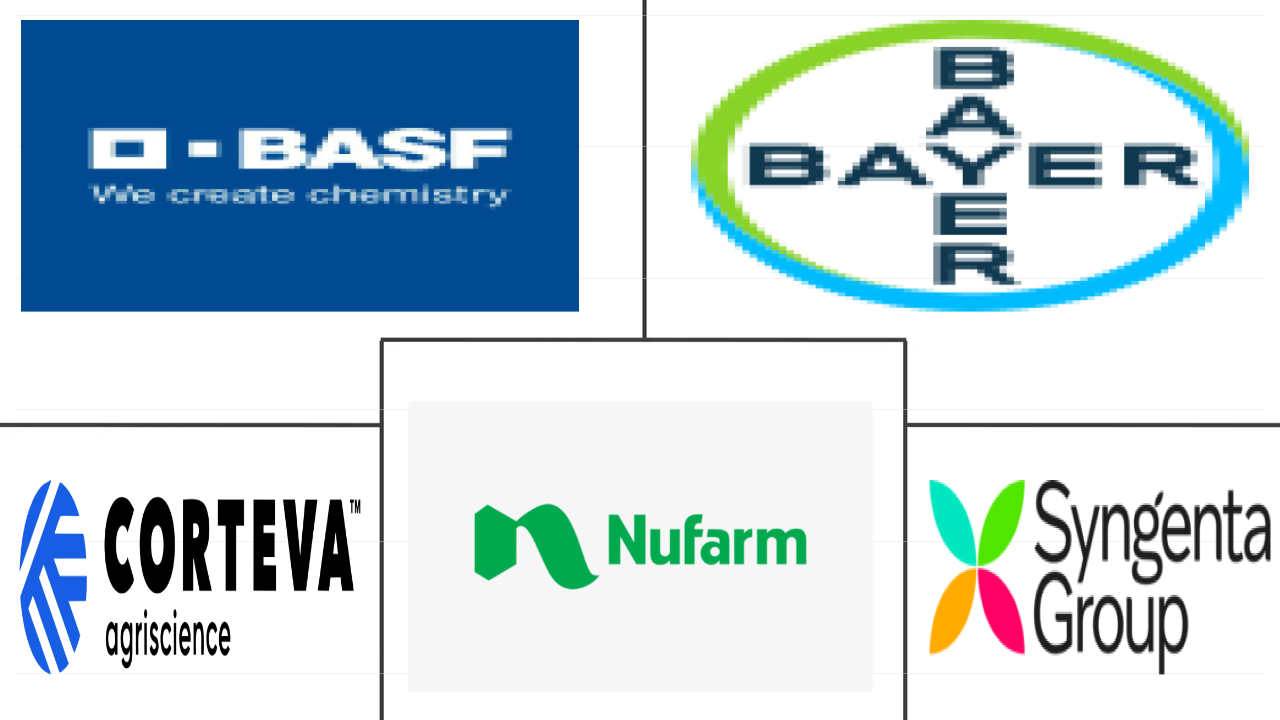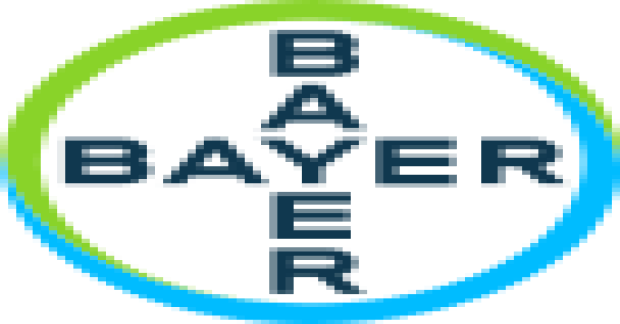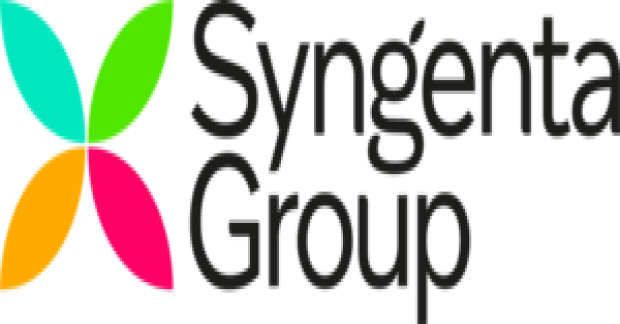Market Size of europe herbicide Industry
| Icons | Lable | Value |
|---|---|---|
|
|
Study Period | 2017 - 2029 |
|
|
Market Size (2024) | USD 5.30 Billion |
|
|
Market Size (2029) | USD 6.46 Billion |
|
|
Largest Share by Application Mode | Soil Treatment |
|
|
CAGR (2024 - 2029) | 4.05 % |
|
|
Largest Share by Country | France |
Major Players |
||

|
||
|
*Disclaimer: Major Players sorted in no particular order |
Europe Herbicide Market Analysis
The Europe Herbicide Market size is estimated at 5.30 billion USD in 2024, and is expected to reach 6.46 billion USD by 2029, growing at a CAGR of 4.05% during the forecast period (2024-2029).
5.30 Billion
Market Size in 2024 (USD)
6.46 Billion
Market Size in 2029 (USD)
-0.70 %
CAGR (2017-2023)
4.05 %
CAGR (2024-2029)
Largest Segment by Application Mode
48.29 %
value share, Soil Treatment, 2023
Soil treatment can help control troublesome weeds at early stages, like seeds and seedlings. It is also useful to slow down the development of herbicide resistance.
Largest Segment by Crop Type
61.77 %
value share, Grains & Cereals, 2023
Grains and cereals consumed the largest portion of herbicides as they are susceptible to various problematic weeds like Echinochloa, Cyperus, Scirpus juncoides, and sedges.
Largest Segment By Country
22.79 %
value share, France, 2023
Increasing yield losses due to weeds, shortage of labor, increased wages, and problems in manual weeding practices have propelled the herbicides market in the country.
Leading Market Player 1
18.16 %
market share, Bayer AG, 2022

Bayer has partnered with Oerth Bio to develop next-generation crop protection products based on Oerth Bio's innovative protein degradation technology.
Leading Market Player 2
16.36 %
market share, Syngenta Group, 2022

Syngenta focuses on innovative technologies like AIR TM technology, a herbicide tolerance system for sunflower cultivation in Europe to manage herbicide resistance.
In Europe, soil treatment holds the utmost importance as the primary mode of herbicide application
- In Europe, various modes of herbicide application are employed to efficiently manage weeds in agriculture. By selecting appropriate application methods, farmers can achieve cost-effective solutions, ensuring precise coverage of targeted areas and minimizing wastage. This enhanced efficiency optimizes herbicide usage, ultimately leading to reduced input costs for farmers.
- In agricultural practices, soil application stands out as the predominant mode of herbicide usage, which represented 48.2% of the total herbicide application segment in 2022. This method is majorly employed in the cultivation of grains and cereals, which holds the largest market share at 44.7%. The preference for soil treatment of herbicides is driven by their efficacy in protecting the quality of grains and cereals by preventing or minimizing weed growth. They are effective in controlling weeds during their pre-emergent and early growth stages.
- Furthermore, the foliar application method secured the second-largest market share by value, which accounted for 30.5% in 2022. This application technique has proven to be advantageous for weed control, particularly in crops that require accurate targeting, for instance, when applied directly onto the leaves of target plants. This method is effective for controlling post-emergence weeds and is commonly used in many agricultural crops.
- In the European agricultural sector, herbicide usage is focused on optimizing crop productivity and enhancing overall profitability. The market is expected to witness significant growth, with a projected CAGR of 4.0% in terms of the US herbicide market share.
Growing weed infestations in major crops like wheat, maize, and sugar beet and extending cultivation area under this crops may drive the market
- Apart from fungal diseases and insect pests, weeds are becoming a threat to the European agriculture sector, causing huge damage to the major crops in the region. The consumption of herbicides in the region occupied a majority market share, which accounted for 34.9% of the European crop protection chemical market, with a market value of USD 4,932 million in 2022.
- Grains and cereal crops dominated the European herbicide market with a 61.7% market share in 2022. This dominance was attributed to the higher cultivation area and increased weed infections in these crops. There are numerous weed species causing crop losses. According to an experiment conducted, researchers found 108 weed species in France's wheat crops, and 197 weed species were found in five European countries' wheat cultivations (Denmark, Finland, Germany, Latvia, and Sweden). These increased weed species caused damage to major crops such as wheat, maize, sugar beet, and other crops. On average, every year, uncontrolled weeds cause wheat crop loss of 25-30%, maize crop loss of 60-85%, and sugar beet crop loss of 90-95%.
- The application of herbicide products through soil treatment is gaining popularity in European countries. This application mode occupied a major market share of 48.2% in 2022. The dominance is majorly related to the effectiveness of controlling weeds in the early growth stage, which could give more strength to the crops for faster germination, reducing the herbicide's necessity in the later stages. Due to these benefits, the application mode is projected to grow, registering an estimated CAGR of 4.2% during the forecast period.
- The European herbicides market is anticipated to grow, registering a CAGR of 4% during the forecast, driven by increased weed infestations in major crops.
